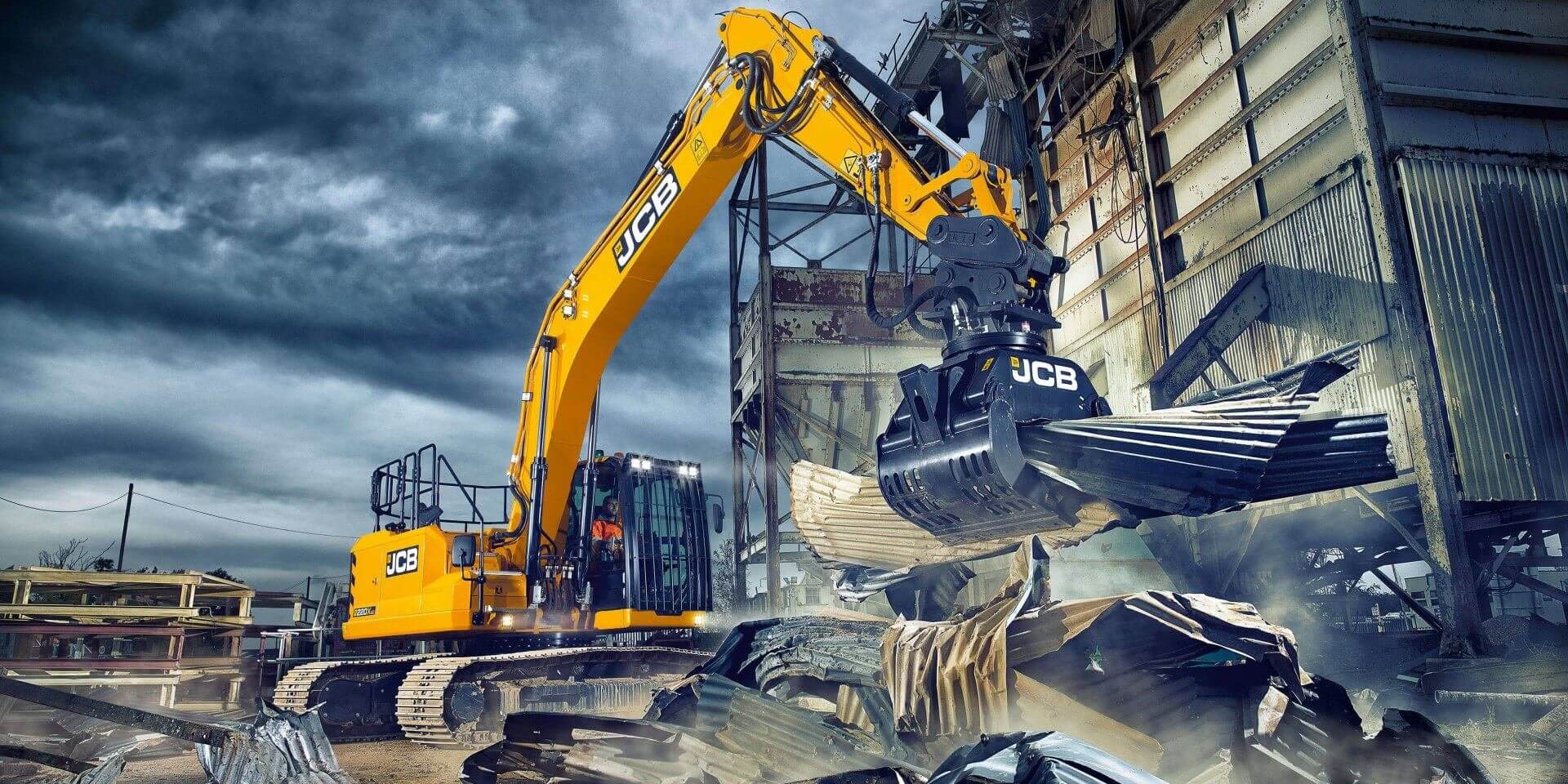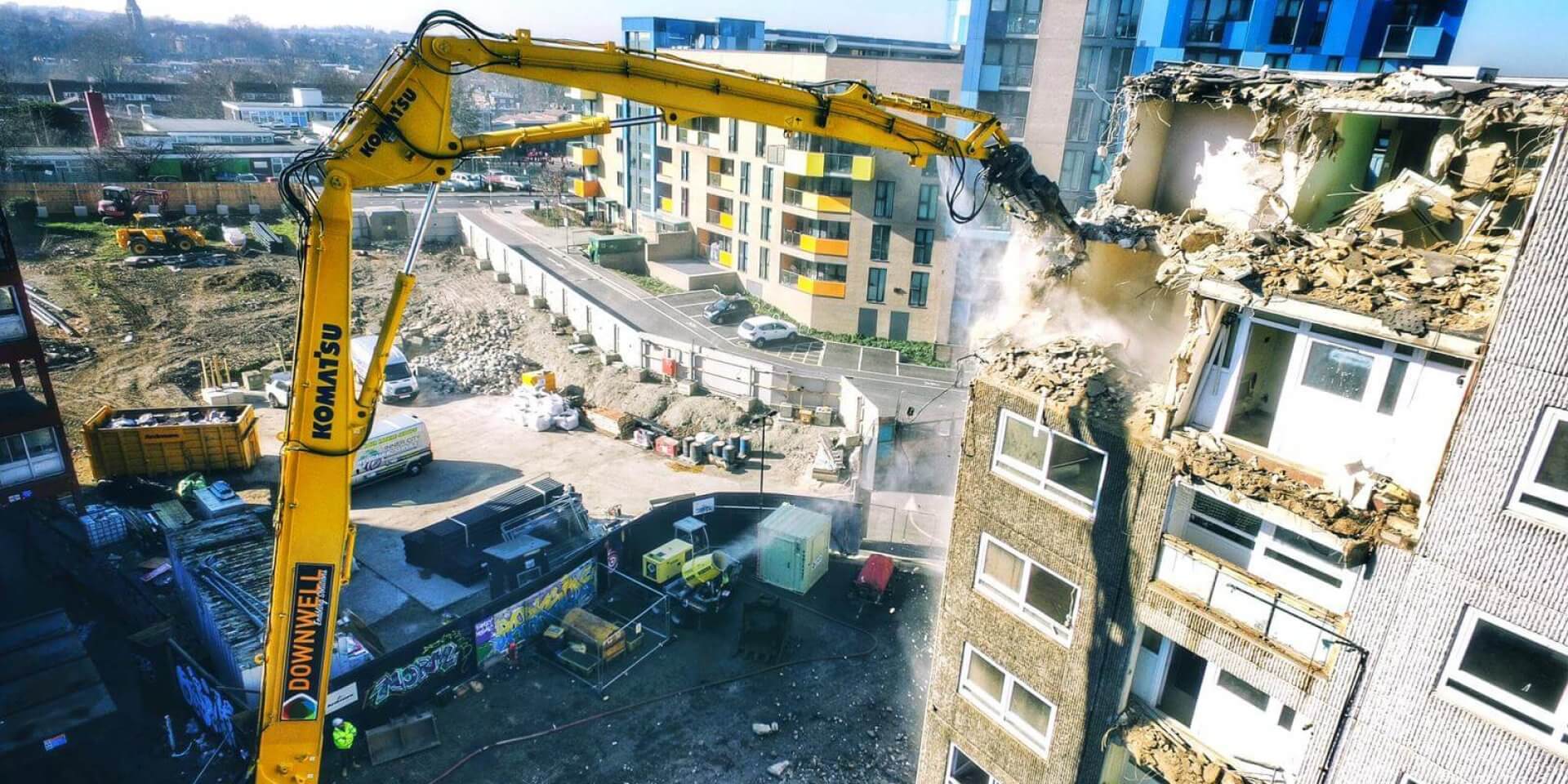
A home is meant to be a place of safety, permanence, and security. It is the foundation upon which lives are built, a constant in a changing world. For thousands of residents in hundreds of post-war tower blocks across England, however, this fundamental promise is being tested in the most profound way imaginable. These buildings, constructed quickly and cheaply using a method called the Large Panel System (LPS), are at the centre of a quiet but escalating crisis; a crisis that could mean a surge in demand and workload for the UK’s demolition industry.
Following the Grenfell Tower tragedy, the new Building Safety Act is now forcing a long-overdue reckoning with the inherent structural risks of these specific buildings. The law mandates that the owners of these high-rises produce a detailed ‘building safety case,’ forcing them to confront structural risks that, in some cases, have been ignored for over half a century. For the social landlords who own them and the communities who call them home, this has created a set of nearly impossible choices where the financially viable, structurally safe, environmentally sound, and humane options are all in direct conflict.
This is the story of England’s other housing crisis, hidden in plain sight within the concrete fabric of our towns and cities. Here are five surprising truths that reveal the staggering complexity of the problem.
This article continues on Demolition Insider. Please use the link below to access this article FOR FREE.





